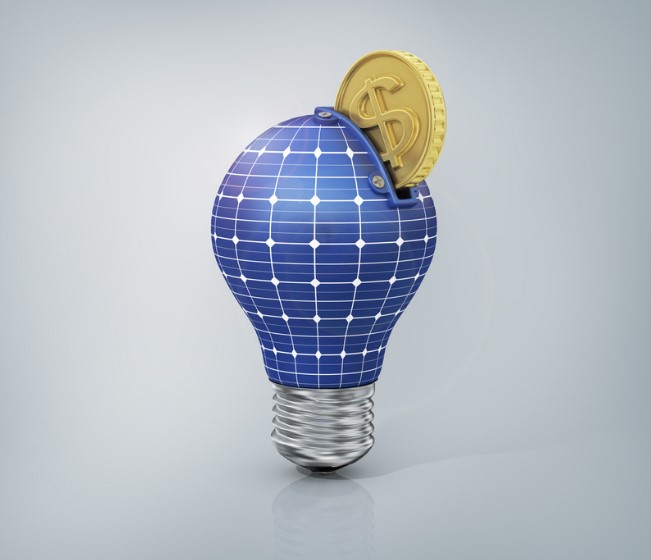Is Solar Really Green?
Skepticism abounds in today’s society. And that can be a good thing – blind faith in a world filled with information is willful ignorance.
Look no further than SolarU’s Facebook page, where a few of our fellow Atlantic Canadians have expressed doubt that solar is truly green. In other words, some question whether the energy and emissions expended to create the materials that make up a solar array are worse for the environment than just sticking with fossil fuels.
At the turn of this century, a component of the American Department of Energy conducted a study to answer that question. The division, the National Renewable Energy Laboratory, determined that current technology had an energy payback of 4 years. So, the fossil fuels and emissions expended to create a typical year 2000 solar array were offset by just 4 years of a typical solar system’s productivity. The solar materials that were used in the study had a lifespan of 30 years. So clearly, given that the arrays in this study had another 26 years of producing emission-less power, it is overwhelmingly conclusive that a solar array is far better for the environment than fossil fuel generated power.
The study also predicted that future arrays, which would likely use different materials, would have a shorter energy payback period – down to 1 year. That prediction was correct, according to a 2013 study commissioned by the Bavarian State Ministry of the Environment and Consumer Protection. This study concluded that the energy payback period of arrays during that period was between .55 and 1.3 years.
It is clearly established that emission-less power generation of a solar array is far superior to that of a fossil fuel alternative. But what about once the array’s life has ended? Surely those materials will clog up landfills for all eternity.
That is not the case in the European Union, which mandates that solar be recycled. Similar requirements are in the works in India, Australia, and Japan. And, while Canada and the U.S.A. don’t currently have mandated recycling, there were over a dozen American solar recycling facilities in 2020, with more capacity planned. States with current recycling plants include Canadian neighbors Pennsylvania, Ohio, and Wisconsin. Future facilities will be in Washington, Minnesota, and New York. And there’s good reason for that expansion. The American Environmental Protection Agency estimates the value of recycled solar materials to be $450 million by 2030.
Recycling isn’t always the answer. Solar reuse is gaining traction as well. Bloomberg.com reported in August 2021 that the number of people receiving power from off-grid solar will double to 840 million people by 2030. One of Japan’s largest trading houses opened a blockchain market for reused panels. At the time of the article, there were 10 million used panels for sale globally. EnergyBin, an exchange for used solar equipment, has inventory that fluctuates between 1.5 million pieces to 5 million pieces. The market for reuse is evidently strong and getting stronger.
The green mantra is Reduce, Reuse, Recycle. Solar checks all three boxes.



